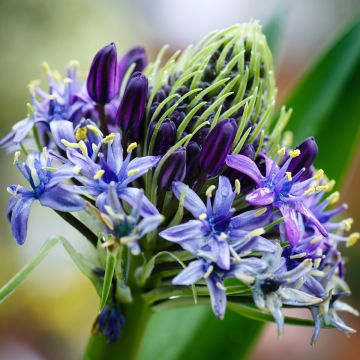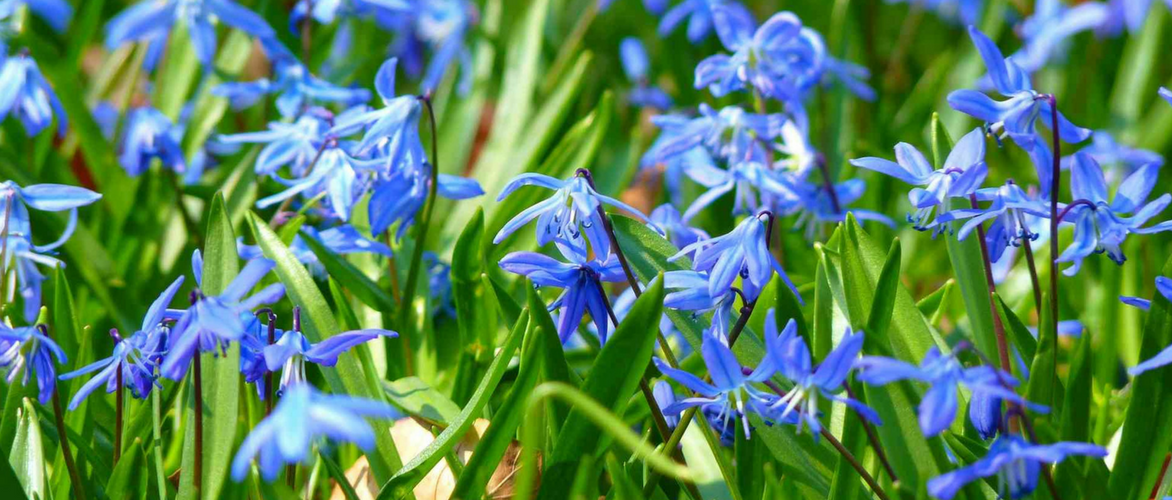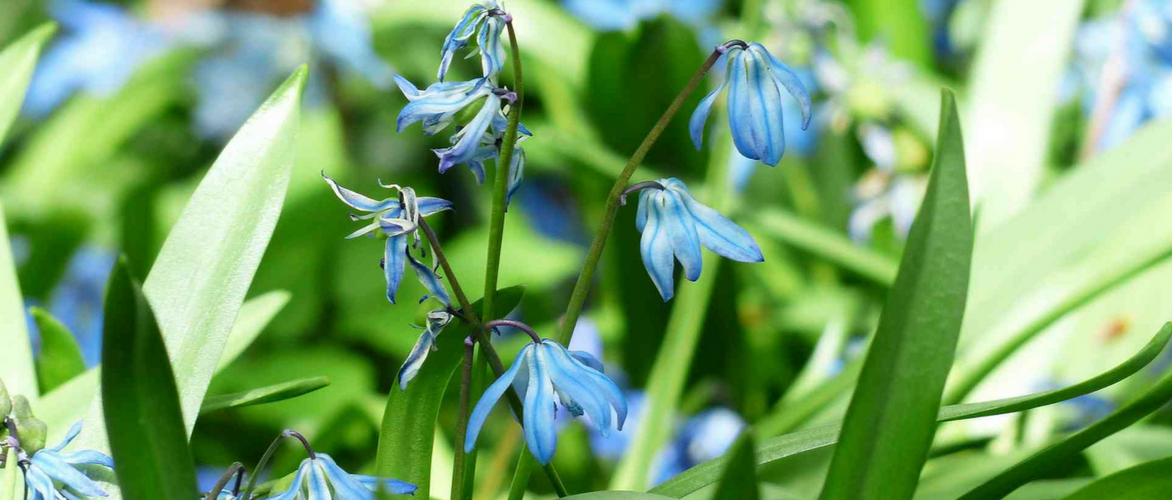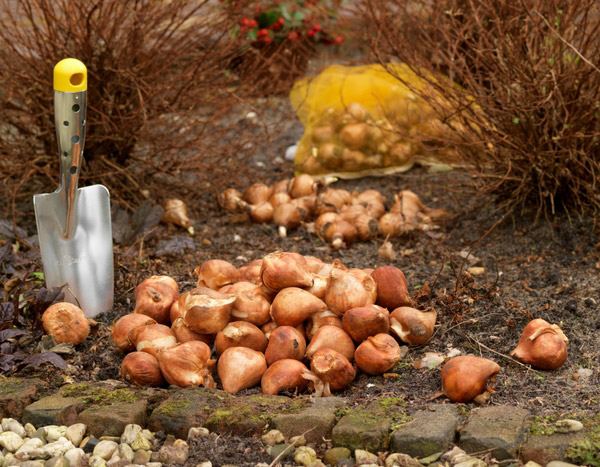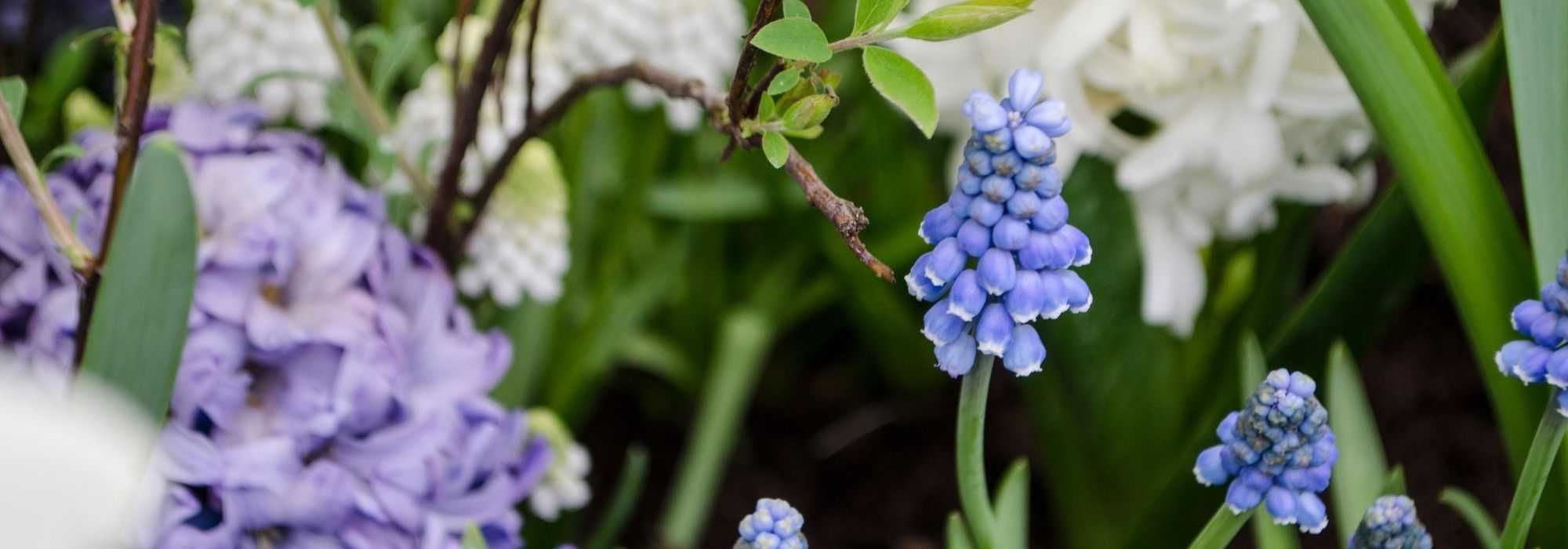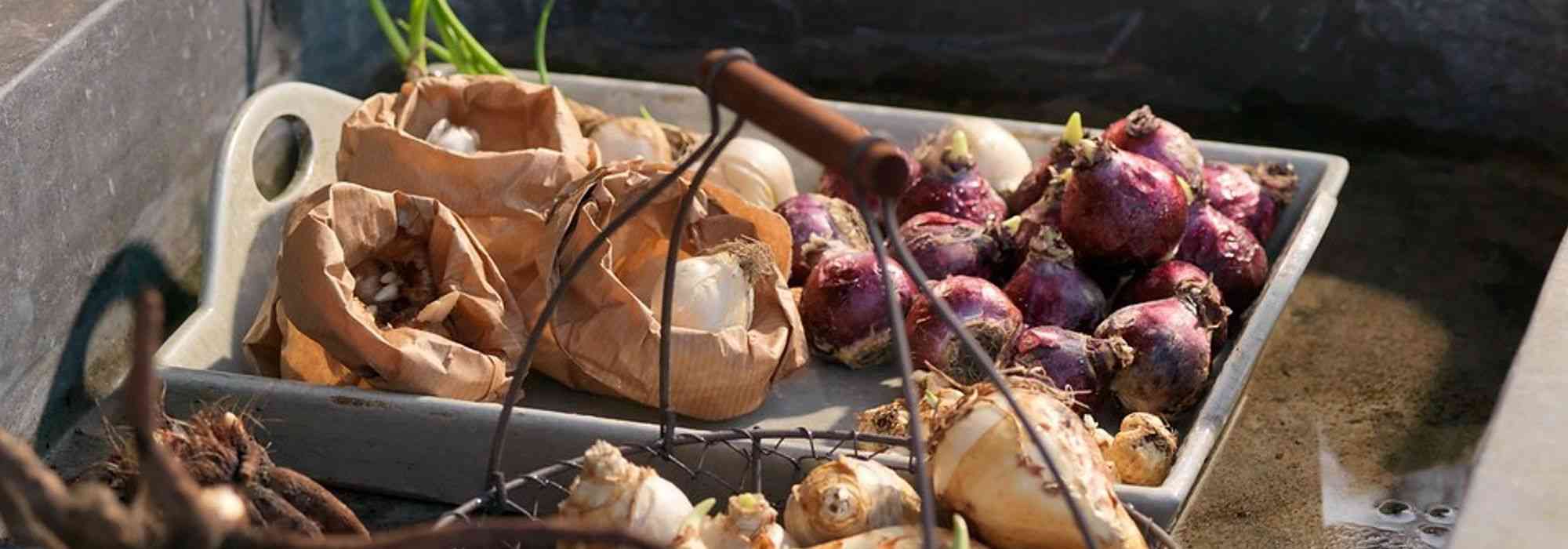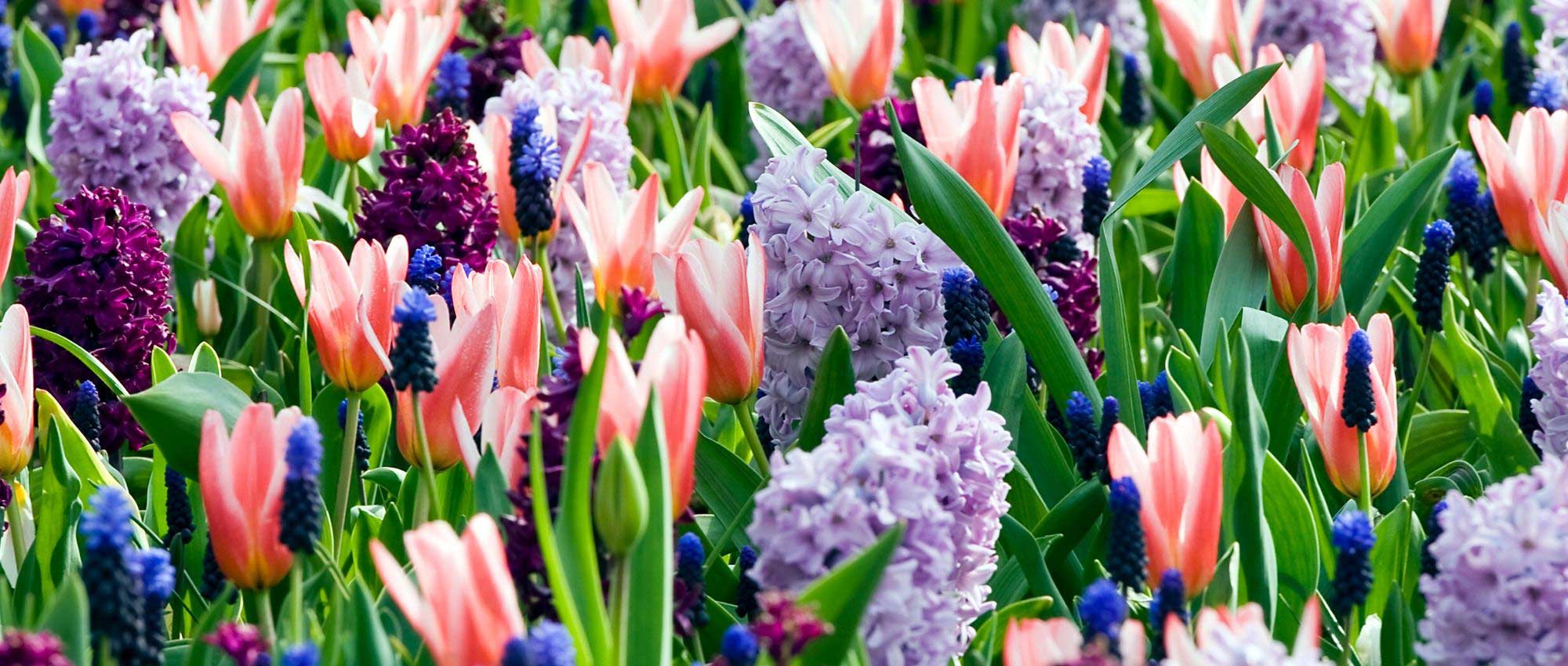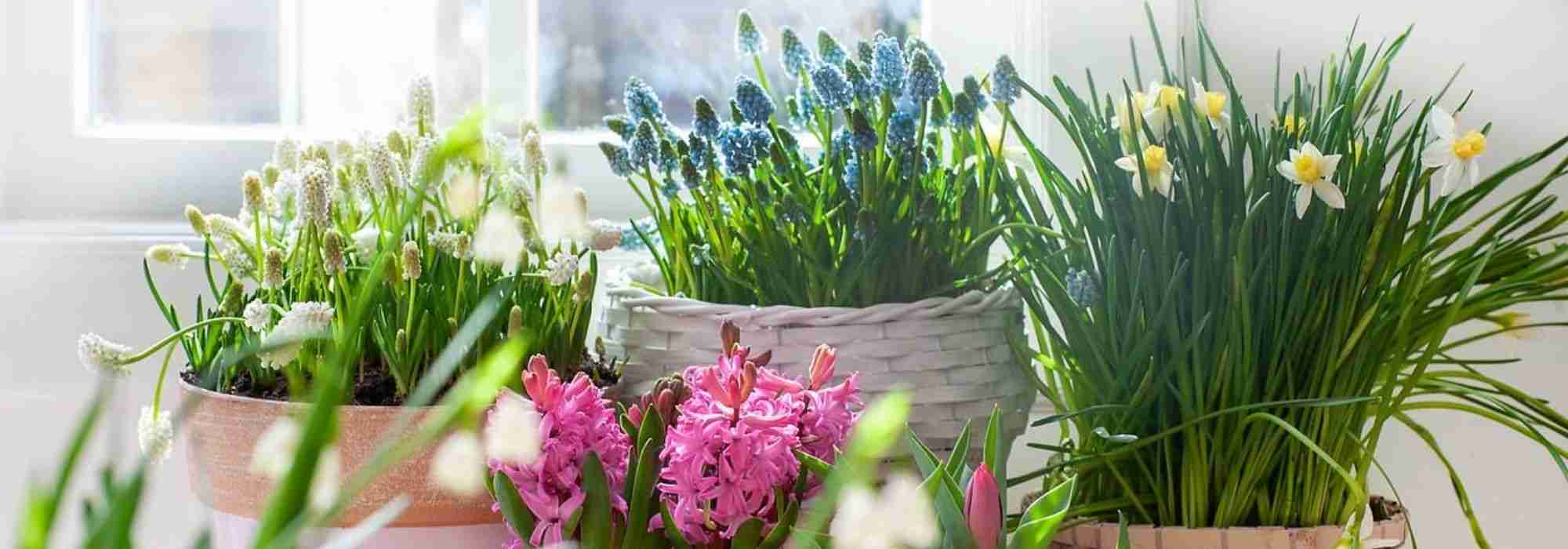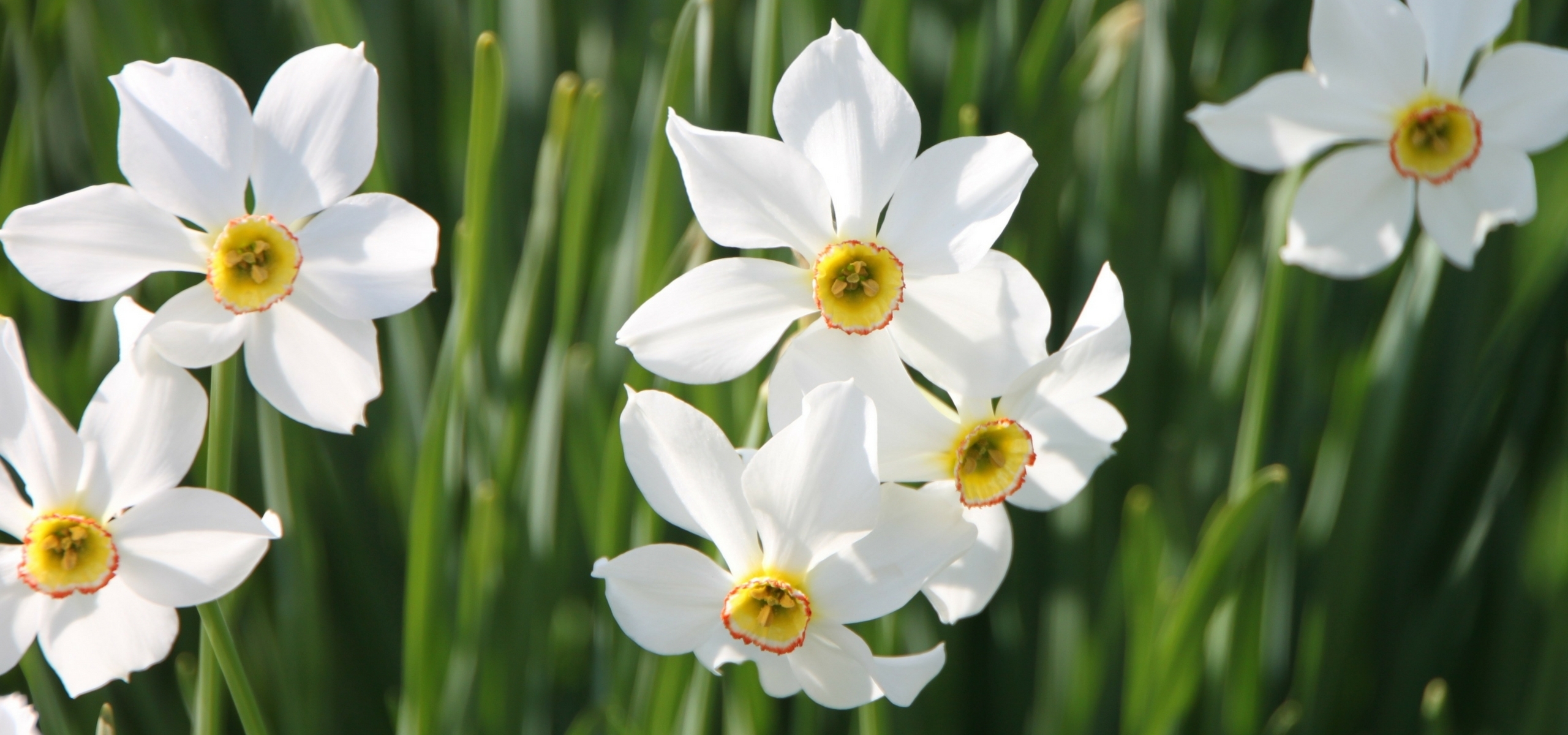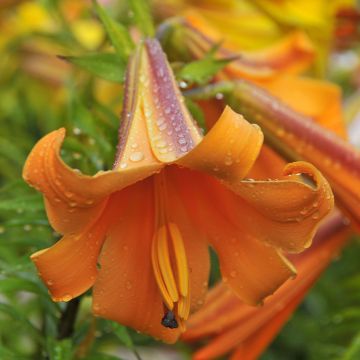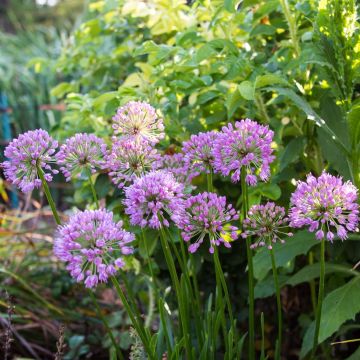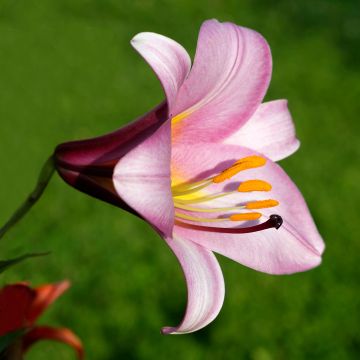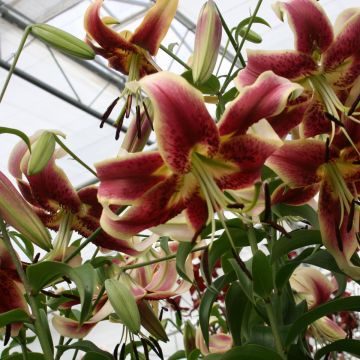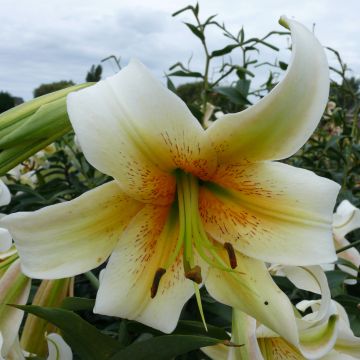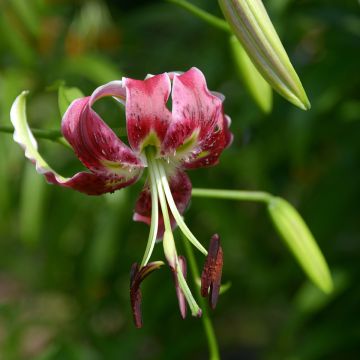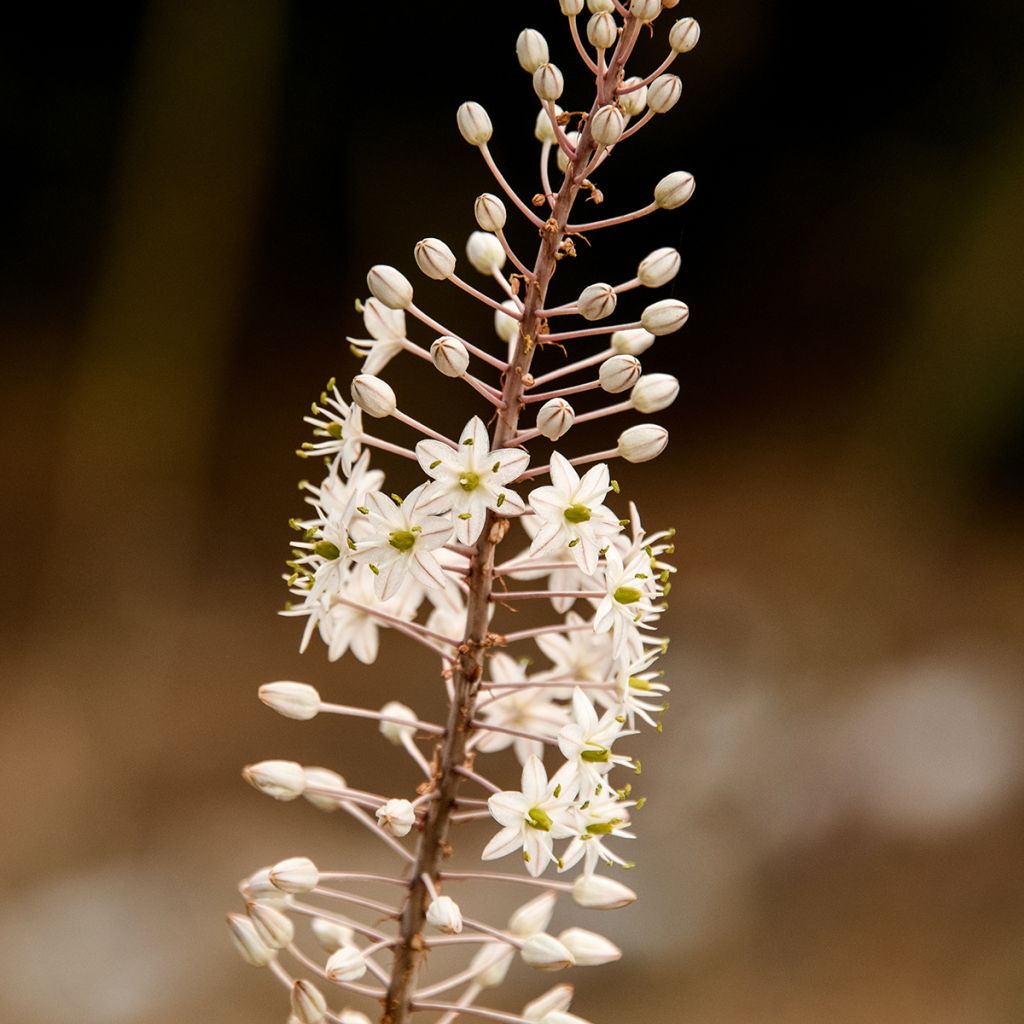

Urginea maritima
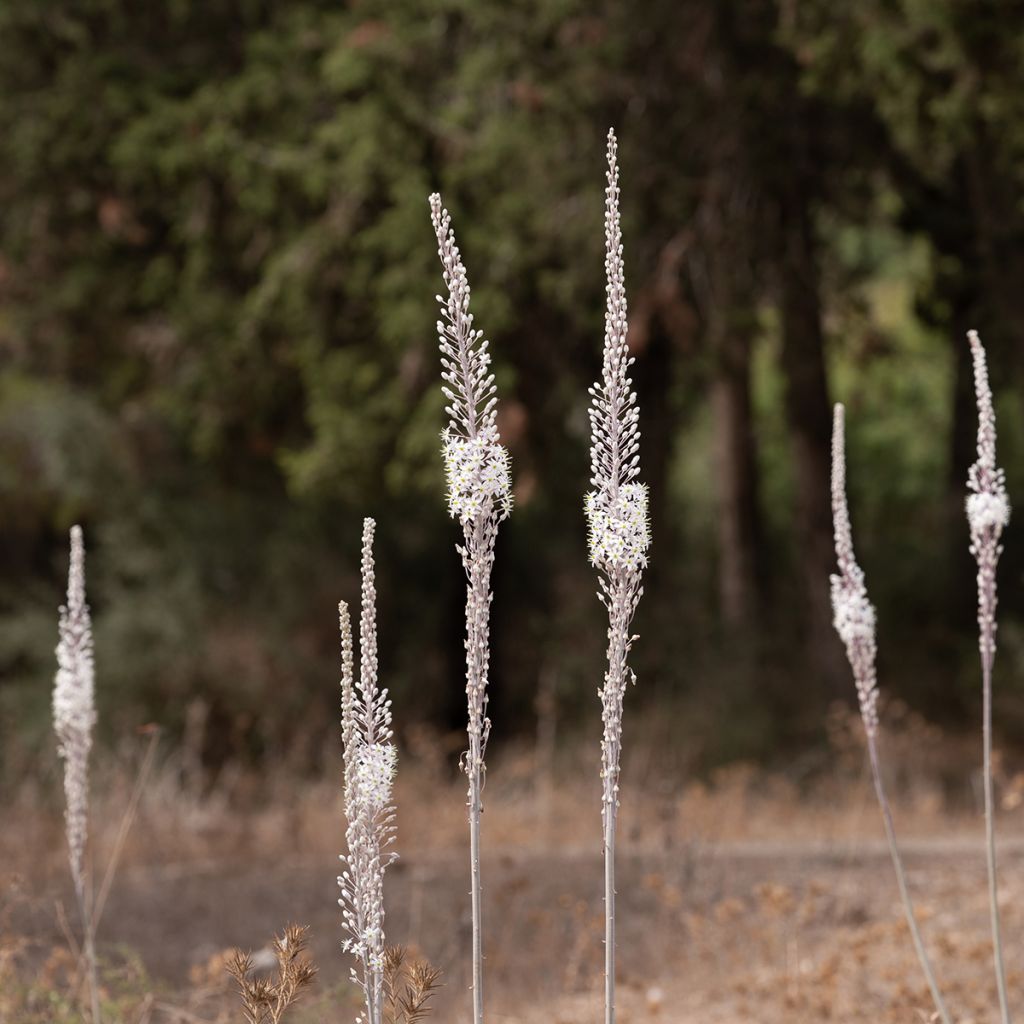

Urginea maritima
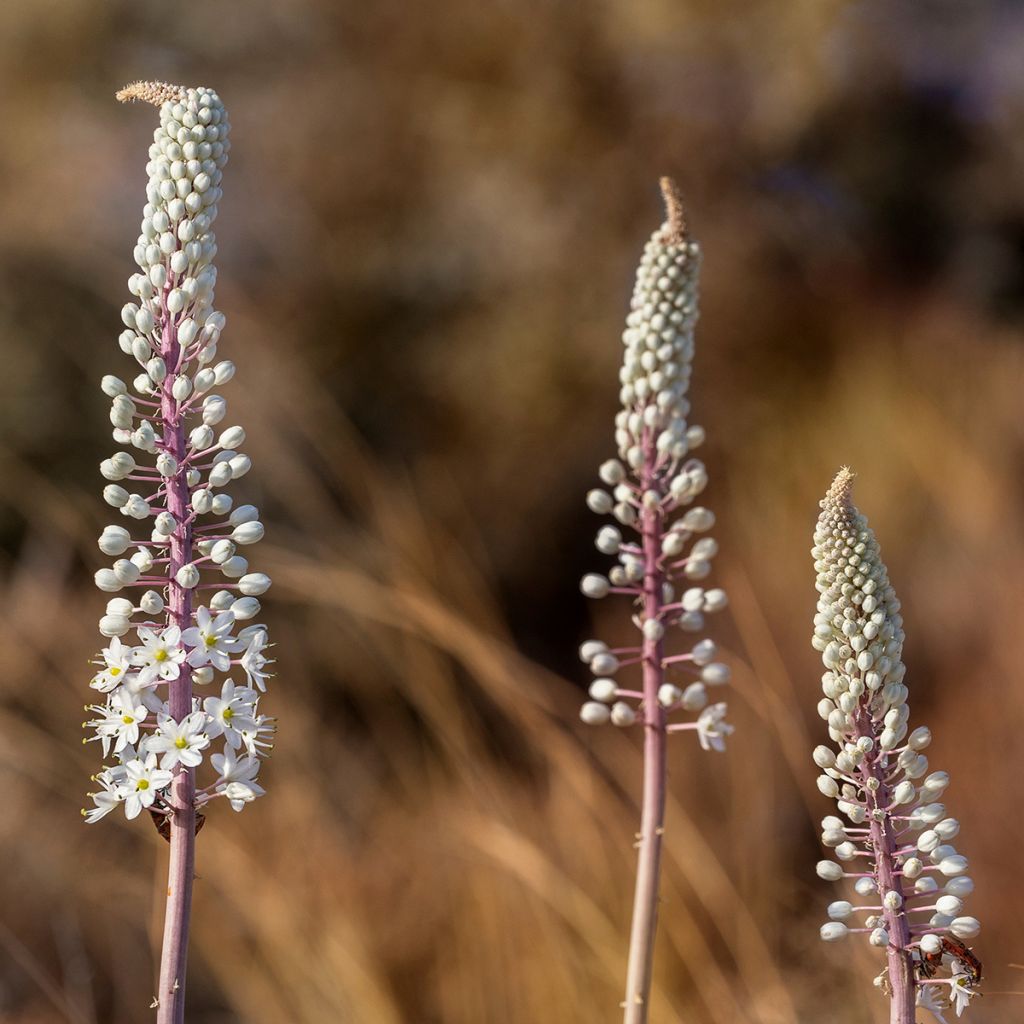

Urginea maritima
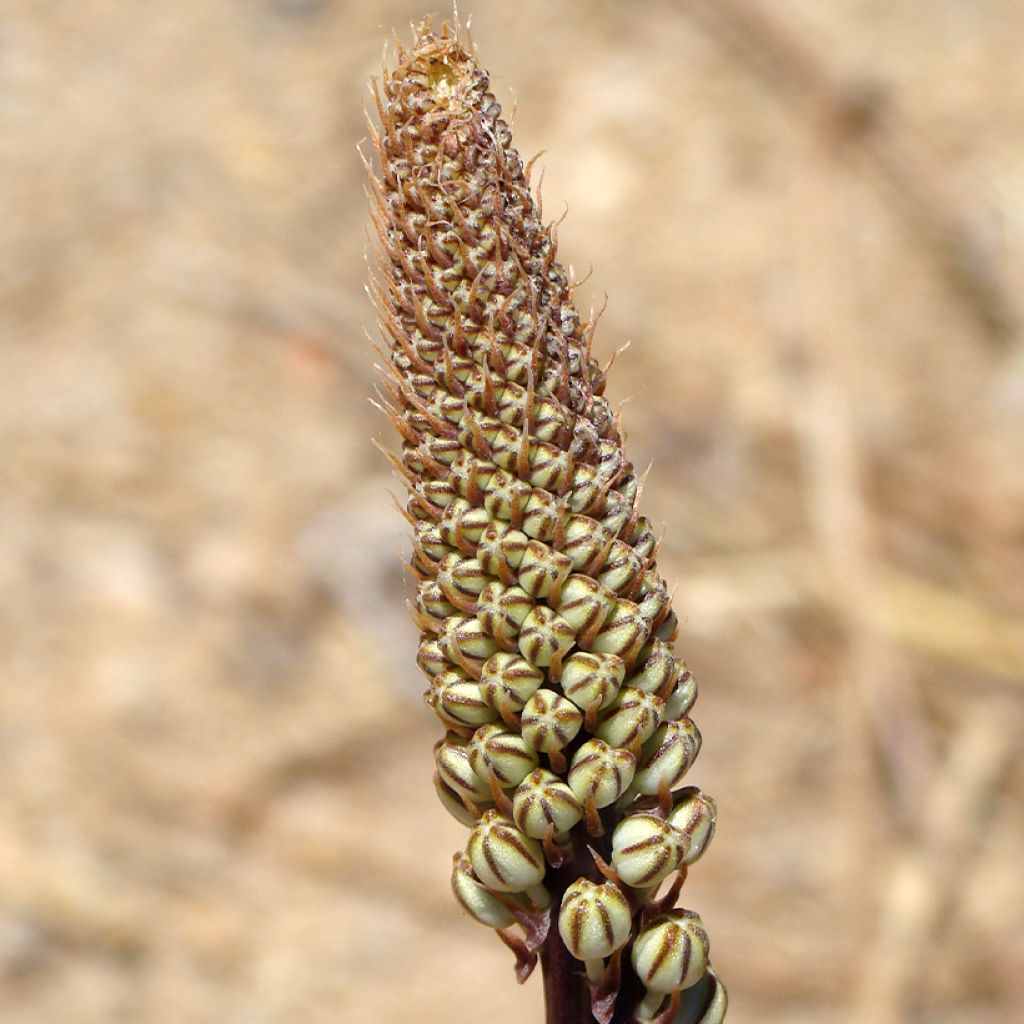

Urginea maritima
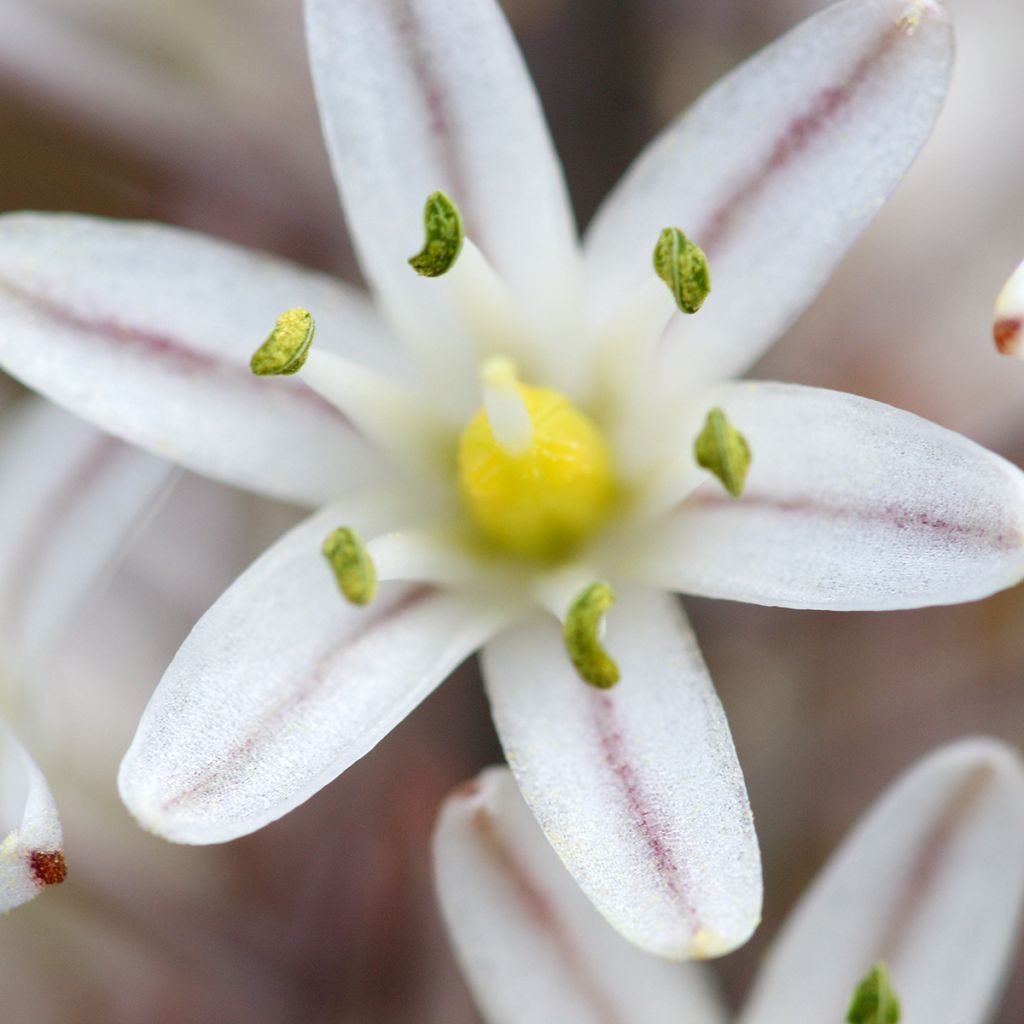

Urginea maritima
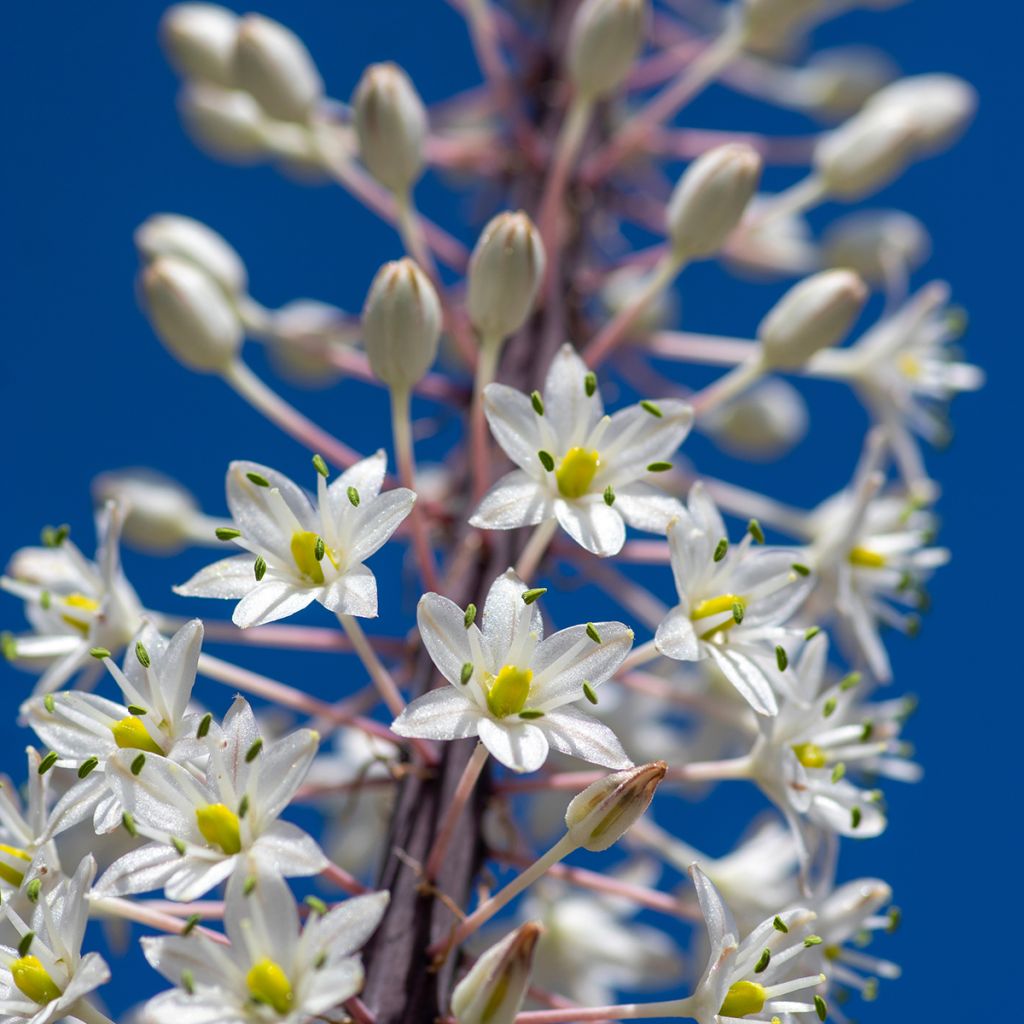

Urginea maritima
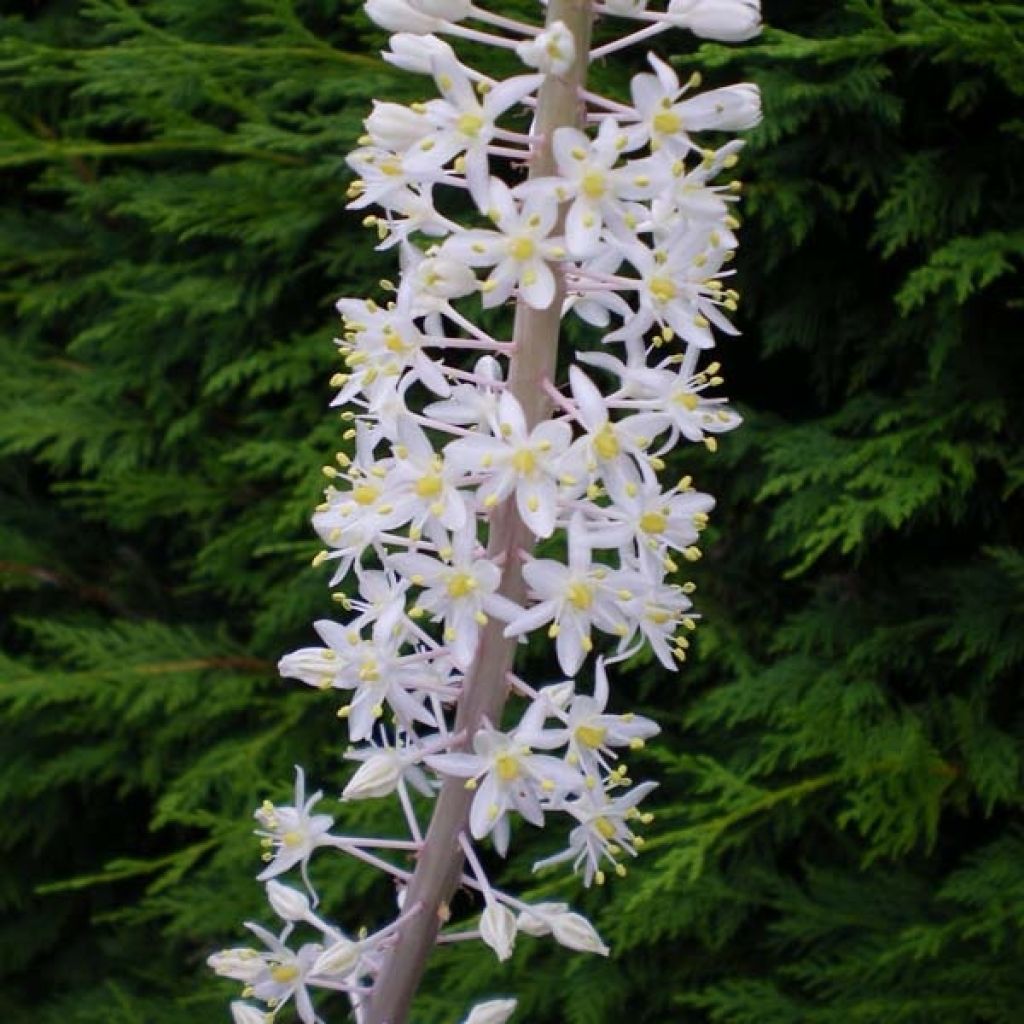

Urginea maritima
Urginea maritima
Urginea maritima
Sea squill, Crusaders' spears, Maritime squill, Medicinal squill, Sea onion, Seaside squill, Squill, Squills
I found this bulb at a fair, so today on 20/01/2017, I believe with your advice, I will save my three bulbs. They have a very beautiful flower that I have never seen in the south of France.
josiane, 29/01/2017
Special offer!
Receive a €20 voucher for any order over €90 (excluding delivery costs, credit notes, and plastic-free options)!
1- Add your favorite plants to your cart.
2- Once you have reached €90, confirm your order (you can even choose the delivery date!).
3- As soon as your order is shipped, you will receive an email containing your voucher code, valid for 3 months (90 days).
Your voucher is unique and can only be used once, for any order with a minimum value of €20, excluding delivery costs.
Can be combined with other current offers, non-divisible and non-refundable.
Why not try an alternative variety in stock?
View all →This plant carries a 6 months recovery warranty
More information
We guarantee the quality of our plants for a full growing cycle, and will replace at our expense any plant that fails to recover under normal climatic and planting conditions.
Would this plant suit my garden?
Set up your Plantfit profile →
Description
Urginea Maritima, or sea squill, is a perennial bulbous plant that blooms in late summer. From August to October, this protected species bears a multitude of small flowers ranging from 2 to 6mm in diameter, with star-shaped white petals streaked with green on the outside and pinkish-brown on the inside. The floral buds are pale greenish-purple. Its flowers are fragrant and clustered in compact spikes that can reach 15 to 35cm (6 to 14in) in length. They consist of 6 tepals and 6 stamens.
The flowering is honey-rich. The flowers rise above a long central stem, and develop before the foliage. The large basal leaves appear in autumn. They are narrow, emerald green speckled with acid green, and measure from 30cm (12in) to 1m (3ft) in length.
The sea squill grows rapidly to a height of 1.5m (5ft) at maturity. It is a moderately hardy species native to the Mediterranean. It is cultivated in open ground or in rockeries. Its flowers can be cut to make beautiful bouquets. Its bulb is very large, measuring 15cm (6in) in diameter.
Handle it with caution as it is a toxic plant.
Urginea maritima in pictures


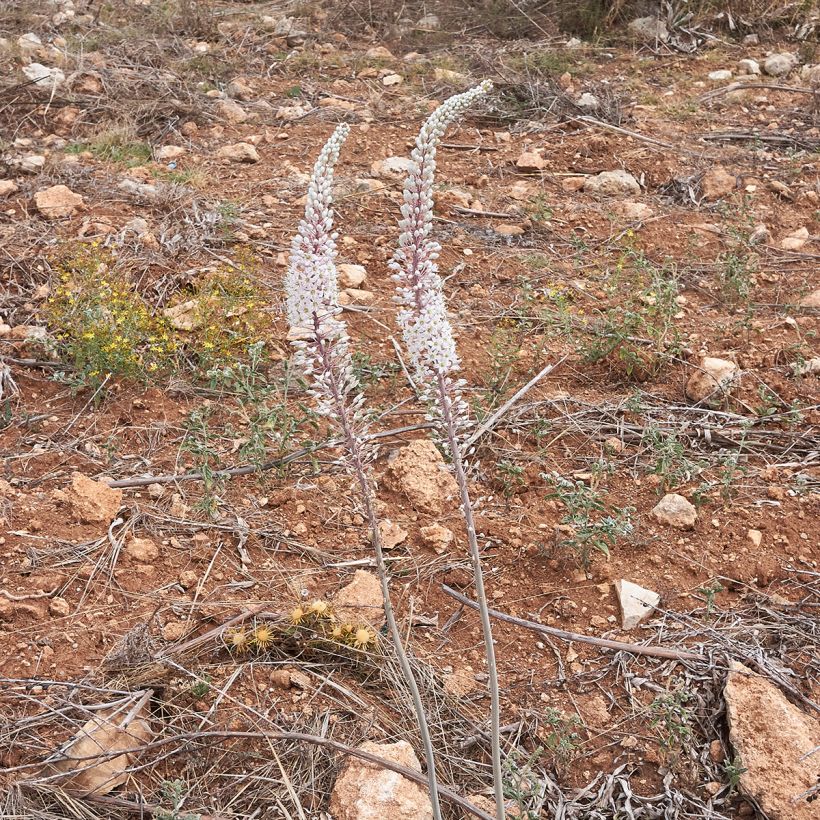

Plant habit
Flowering
Foliage
Botanical data
Urginea
maritima
Hyacinthaceae
Sea squill, Crusaders' spears, Maritime squill, Medicinal squill, Sea onion, Seaside squill, Squill, Squills
Cultivar or hybrid
Planting and care
Urginea maritima thrives in full sun. This species is perfectly adapted to long periods of drought and tolerates sea spray. Plant the bulbs spaced apart in autumn or spring, making sure to add plenty of sand. Choose sandy or rocky soil that is poor to medium and well-drained. Preferably, opt for limestone soil. During the growth period, water the plants once or twice a week. During the dormant period, keep the soil slightly moist. Protect it from moisture in winter. As for maintenance, let the foliage turn yellow before removing it. Urginea has no known pests or diseases.
Planting period
Intended location
Care
Planting & care advice
-
, onOrder confirmed
Reply from on Promesse de fleurs
Similar products
Haven't found what you were looking for?
Hardiness is the lowest winter temperature a plant can endure without suffering serious damage or even dying. However, hardiness is affected by location (a sheltered area, such as a patio), protection (winter cover) and soil type (hardiness is improved by well-drained soil).

Photo Sharing Terms & Conditions
In order to encourage gardeners to interact and share their experiences, Promesse de fleurs offers various media enabling content to be uploaded onto its Site - in particular via the ‘Photo sharing’ module.
The User agrees to refrain from:
- Posting any content that is illegal, prejudicial, insulting, racist, inciteful to hatred, revisionist, contrary to public decency, that infringes on privacy or on the privacy rights of third parties, in particular the publicity rights of persons and goods, intellectual property rights, or the right to privacy.
- Submitting content on behalf of a third party;
- Impersonate the identity of a third party and/or publish any personal information about a third party;
In general, the User undertakes to refrain from any unethical behaviour.
All Content (in particular text, comments, files, images, photos, videos, creative works, etc.), which may be subject to property or intellectual property rights, image or other private rights, shall remain the property of the User, subject to the limited rights granted by the terms of the licence granted by Promesse de fleurs as stated below. Users are at liberty to publish or not to publish such Content on the Site, notably via the ‘Photo Sharing’ facility, and accept that this Content shall be made public and freely accessible, notably on the Internet.
Users further acknowledge, undertake to have ,and guarantee that they hold all necessary rights and permissions to publish such material on the Site, in particular with regard to the legislation in force pertaining to any privacy, property, intellectual property, image, or contractual rights, or rights of any other nature. By publishing such Content on the Site, Users acknowledge accepting full liability as publishers of the Content within the meaning of the law, and grant Promesse de fleurs, free of charge, an inclusive, worldwide licence for the said Content for the entire duration of its publication, including all reproduction, representation, up/downloading, displaying, performing, transmission, and storage rights.
Users also grant permission for their name to be linked to the Content and accept that this link may not always be made available.
By engaging in posting material, Users consent to their Content becoming automatically accessible on the Internet, in particular on other sites and/or blogs and/or web pages of the Promesse de fleurs site, including in particular social pages and the Promesse de fleurs catalogue.
Users may secure the removal of entrusted content free of charge by issuing a simple request via our contact form.
The flowering period indicated on our website applies to countries and regions located in USDA zone 8 (France, the United Kingdom, Ireland, the Netherlands, etc.)
It will vary according to where you live:
- In zones 9 to 10 (Italy, Spain, Greece, etc.), flowering will occur about 2 to 4 weeks earlier.
- In zones 6 to 7 (Germany, Poland, Slovenia, and lower mountainous regions), flowering will be delayed by 2 to 3 weeks.
- In zone 5 (Central Europe, Scandinavia), blooming will be delayed by 3 to 5 weeks.
In temperate climates, pruning of spring-flowering shrubs (forsythia, spireas, etc.) should be done just after flowering.
Pruning of summer-flowering shrubs (Indian Lilac, Perovskia, etc.) can be done in winter or spring.
In cold regions as well as with frost-sensitive plants, avoid pruning too early when severe frosts may still occur.
The planting period indicated on our website applies to countries and regions located in USDA zone 8 (France, United Kingdom, Ireland, Netherlands).
It will vary according to where you live:
- In Mediterranean zones (Marseille, Madrid, Milan, etc.), autumn and winter are the best planting periods.
- In continental zones (Strasbourg, Munich, Vienna, etc.), delay planting by 2 to 3 weeks in spring and bring it forward by 2 to 4 weeks in autumn.
- In mountainous regions (the Alps, Pyrenees, Carpathians, etc.), it is best to plant in late spring (May-June) or late summer (August-September).
The harvesting period indicated on our website applies to countries and regions in USDA zone 8 (France, England, Ireland, the Netherlands).
In colder areas (Scandinavia, Poland, Austria...) fruit and vegetable harvests are likely to be delayed by 3-4 weeks.
In warmer areas (Italy, Spain, Greece, etc.), harvesting will probably take place earlier, depending on weather conditions.
The sowing periods indicated on our website apply to countries and regions within USDA Zone 8 (France, UK, Ireland, Netherlands).
In colder areas (Scandinavia, Poland, Austria...), delay any outdoor sowing by 3-4 weeks, or sow under glass.
In warmer climes (Italy, Spain, Greece, etc.), bring outdoor sowing forward by a few weeks.






























